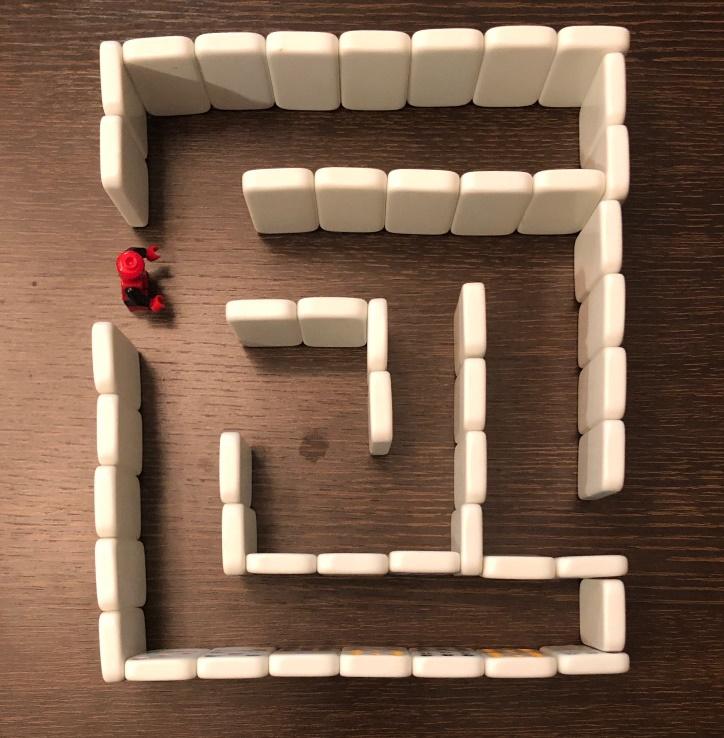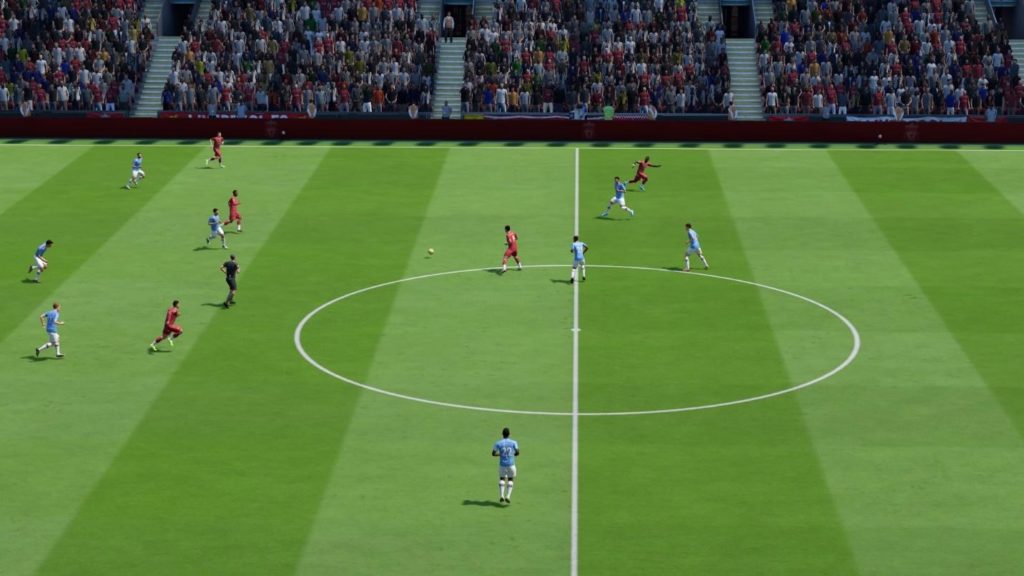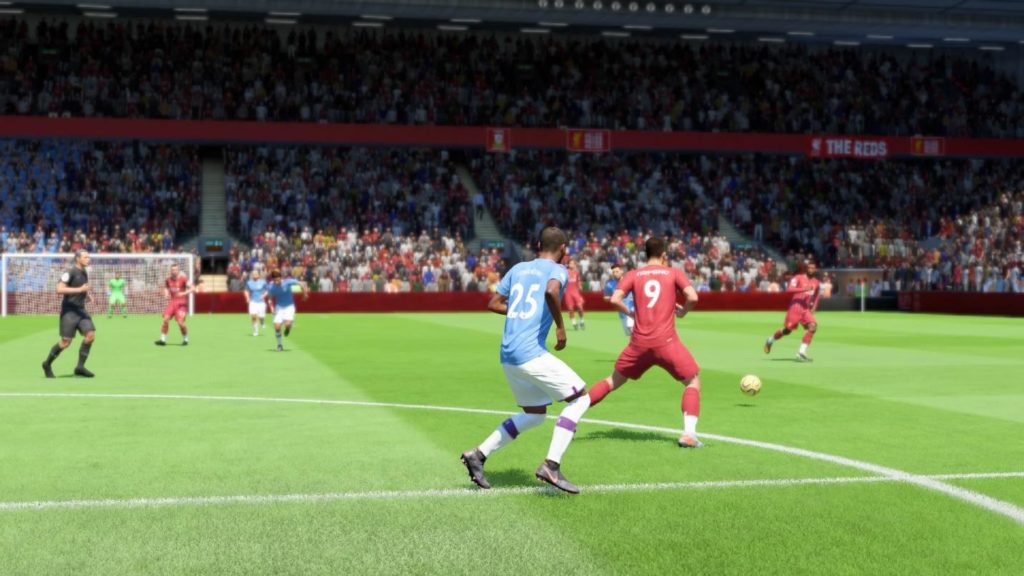Life
Here’s How Seeing the Bigger Picture Helps With Decision Making

Seeing the big picture helps in making the best decisions to keep you on track towards your vision. Around Thanksgiving, on a beautiful Saturday, we took our son to a pumpkin patch farm together with one of his friends where they got to see and feed bunch of farm animals. We took a small farm train pulled by a tractor to wander around the farm, pick their pumpkins and few other fun activities. My favorite was the haystack maze! It proved to me once more the importance of seeing the bigger picture to make the right decisions.
When I lost sight of my son for about a minute inside the maze and started making turns without any reason, it was obvious that I had no idea how to make the right decision on which way to go. I even thought of pulling up my phone, go to google maps so I could see myself and the maze from above. While it would help me to figure out how to get out, I still wouldn’t be able to see my son on google maps! Obviously, I found them soon, chasing each other and having fun.
For visual simplicity, let’s have a look at the one below I made with domino pieces. Entering from the left, it is not very difficult to figure out that Spider Man should keep straight for the right track to get out.

However, it will look something like this from Spider Man’s perspective/vision.

When we see the maze from the top, it is much easier to make the right decision on which way to go in order to make it out. However, not that easy when you cannot see that top view.
Just like the maze analogy, whenever we are to make a decision (for example; Should we approve the investment for that project?) we can remind ourselves to try to see the “bigger picture” (Will that project help us achieve our team’s long-term priorities, beyond its financial analysis only?). By doing so, not only will decision making become much easier, but also the decisions we make will be more in line with our ultimate vision and where we want to go.
How do we get the top view of the maze when we are inside it?
After I found my son and his friend in the maze, we kept playing for a while longer. As we kept making the same turns one after another repeatedly, the kids started saying things like “I know where to go from here” or “we should go left here and then right for the exit”. I was not surprised hearing them as the maze started looking familiar to me as well, very different than our initial few minutes inside. I also figured that I was building a rough top view of the maze in my mind as we kept making those turns.
Practice, and therefore experience, is one thing that helps seeing the bigger picture
While, not as simple as the maze analogy, watching a soccer game on TV vs. actually playing it is another good one. Having played soccer as center midfielder since childhood, I can assure you that the view when you are on the field is nowhere near what you see on the TV screen.
To roughly illustrate, below are two screenshots from my FIFA20 game. Firmino, red circled, is about to receive the ball around the center circle. It seems that he has few options here, especially two of them are quite obvious; either pass it towards his left to the teammate unmarked or try a little difficult through pass to his teammate making a dash at the top.

However, things look a little different from Firmino’s own vision. Below is the best angle I was able to get on FIFA20 but it should be somewhat how he sees the field at the same exact moment.

It is very different than how we see it on the screen, isn’t it? That’s why before he receives the ball, Firmino checks around a few times; his left, right and behind, builds a rough top view in his mind and makes the decision accordingly when he receives the ball. Building a good peripheral vision is one of the most important skills for center midfielders and attackers.
Just as soccer players build a better vision (the “bigger picture”) by checking around very often while off the ball, so that they can make better decisions when they get the ball, we can do similarly.
Looking at the situation from different angles to build a broader perspective helps seeing the bigger picture to make better decisions more easily.
While decision making as whole is a big topic and beyond the scope of this article, I am encouraged to highlight that practice, therefore experience, and broadening perspective by looking at the situation from different angles, definitely helps seeing the big picture, which ultimately aids decision making.
I heard many times people saying let’s step back and look at the bigger picture here, not necessarily explaining the how though. Therefore, I wanted to share what helped me so far.It could even be as simple as just reminding ourselves the significance of the bigger picture whenever we are about to make a decision and give it a try through our own authentic ways.
Life
13 Meaningful Ways to Show Someone They Matter
These habits can become your go-to default for building stronger, healthier relationships

When we want to make others feel important, we shift the focus from ourselves to them. This means truly listening to their thoughts and feelings, acknowledging their contributions, and offering genuine compliments. (more…)
Life
The Key to Living With Purpose in a Distracted World
In today’s fast-paced world, finding our true purpose can feel like searching for a needle in a haystack

In today’s fast-paced world, finding our true purpose can feel like searching for a needle in a haystack. This is where the “Why Whisperer” steps in, guiding you to tune into your deepest motivations and desires. (more…)
Life
If You Have This Attachment Style It’s Killing Your Success
To ensure that your attachment patterns never hold you back in life, you must employ reliable anchors.

Attachment styles are a popular framework used by many in this day and age, but what is your “attachment style” exactly? (more…)
Life
Overworked and Stressed? This Can Save Your Sanity
People should spend some time in solitude everyday so as to stay healthy physically, mentally and spiritually

Life is becoming more complex with the rapid changing technology. Stress levels among people are rising at alarming rates with the rising aspirations and expectations of the people. (more…)
-

 Life4 weeks ago
Life4 weeks agoHow to Have the Audacity to Pursue Your Greatest Potential
-

 Success Advice4 weeks ago
Success Advice4 weeks agoHow to Master Your Money and Build a Better Future
-

 Life3 weeks ago
Life3 weeks agoOverworked and Stressed? This Can Save Your Sanity
-

 Life3 weeks ago
Life3 weeks agoIf You Have This Attachment Style It’s Killing Your Success
-

 Success Advice3 weeks ago
Success Advice3 weeks agoLeadership Lessons All Future Leaders Need to Know
-

 Success Advice2 weeks ago
Success Advice2 weeks ago6 Powerful Tips to Supercharge Your Small Online Business
-

 Entrepreneurs2 weeks ago
Entrepreneurs2 weeks agoHow Entrepreneurs Are Retaining Top Talent
-

 Success Advice2 weeks ago
Success Advice2 weeks agoHow to Build Character That Guarantees Lasting Success






























